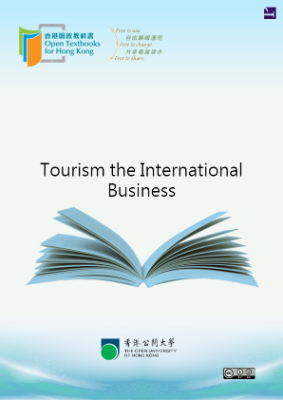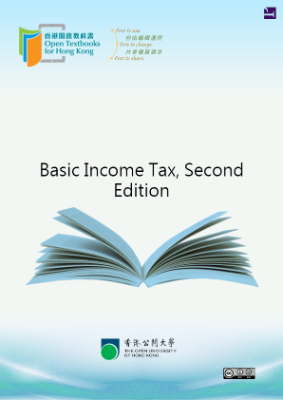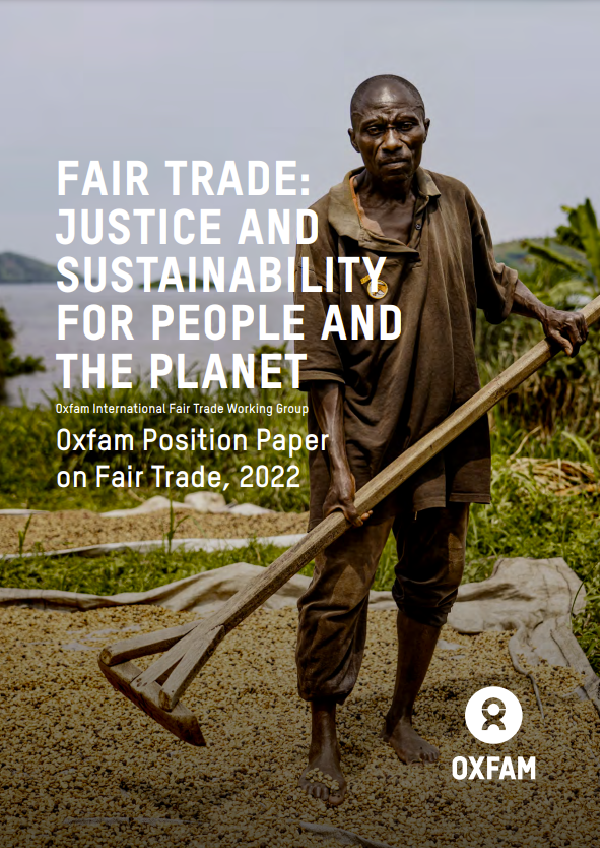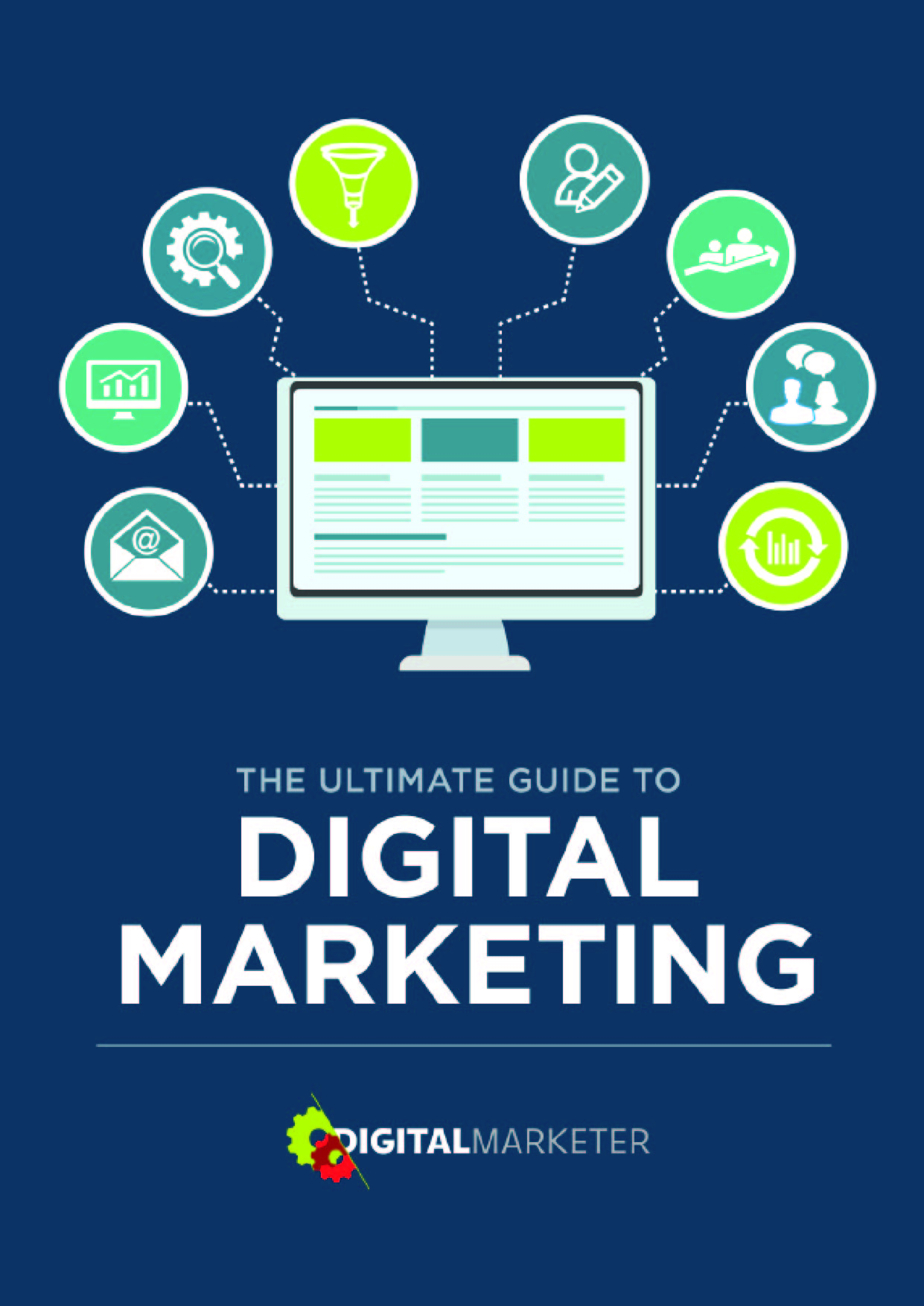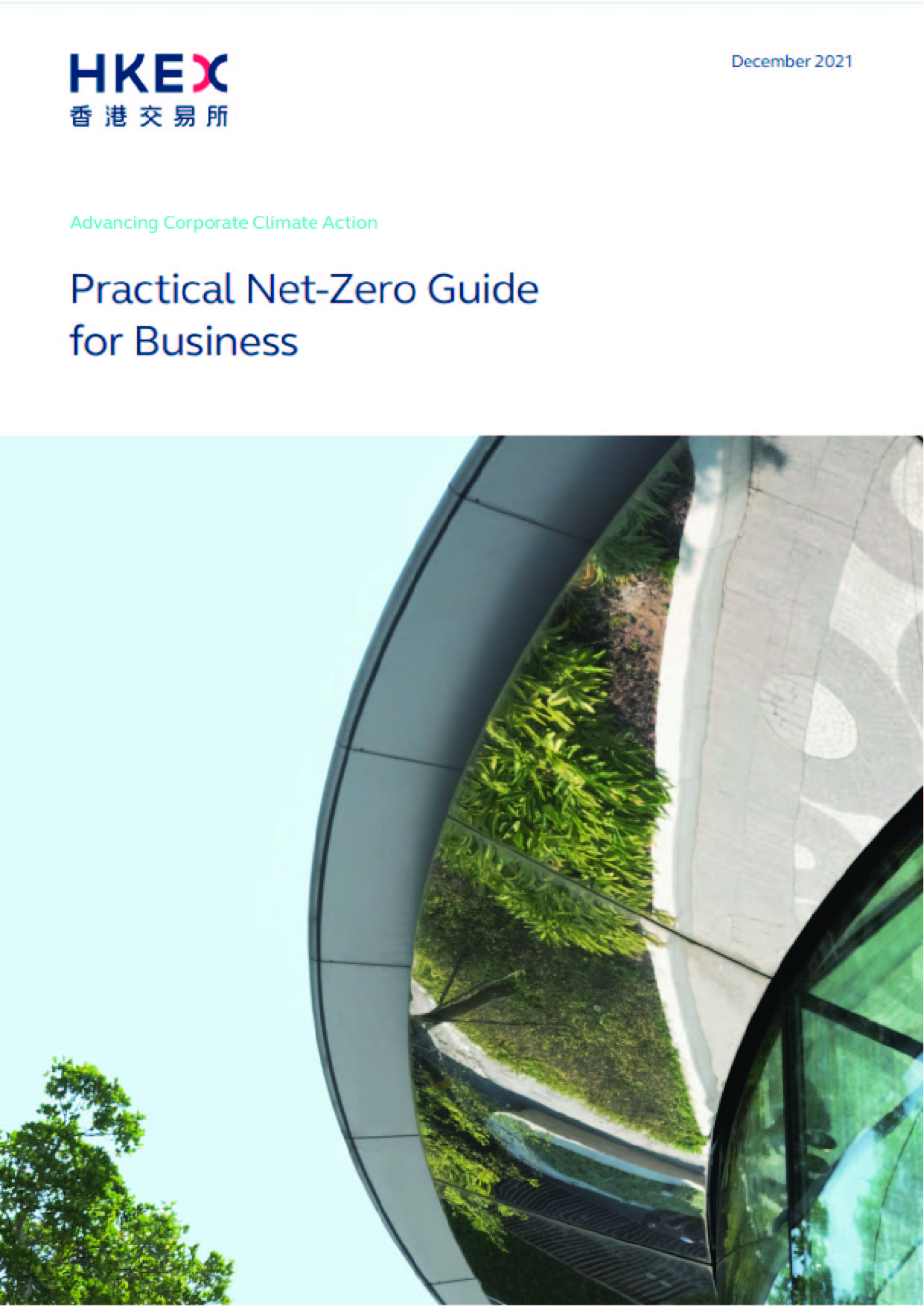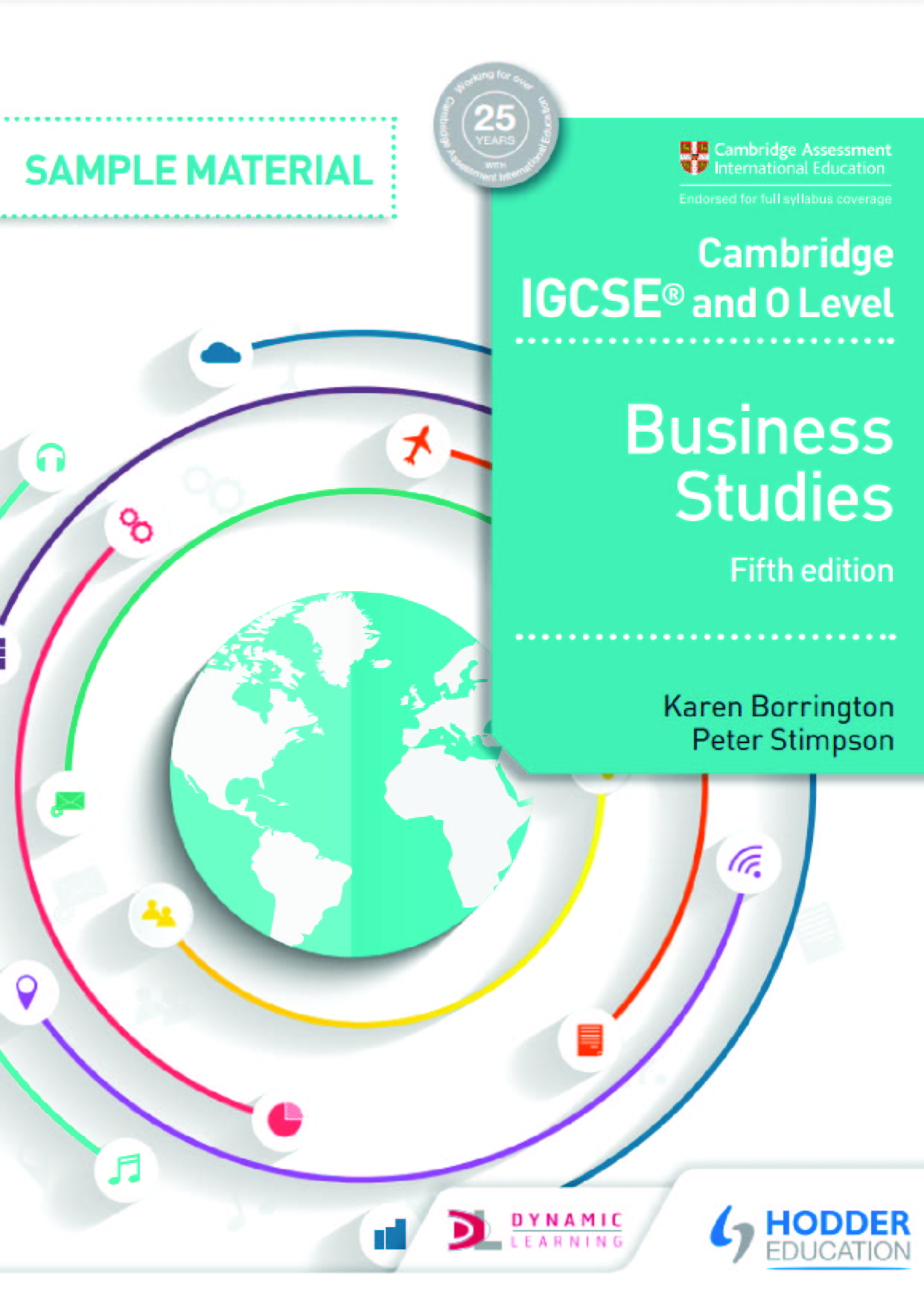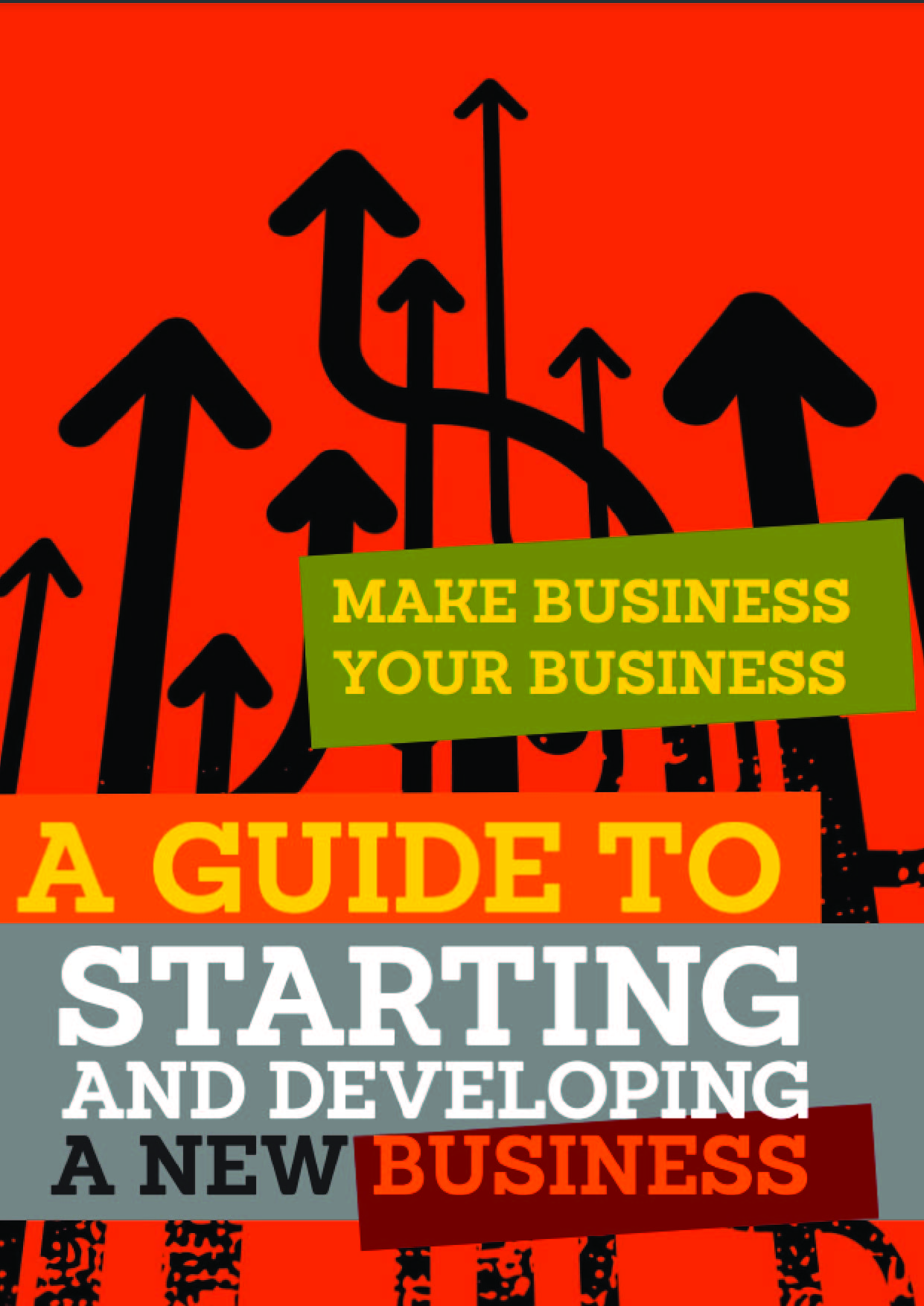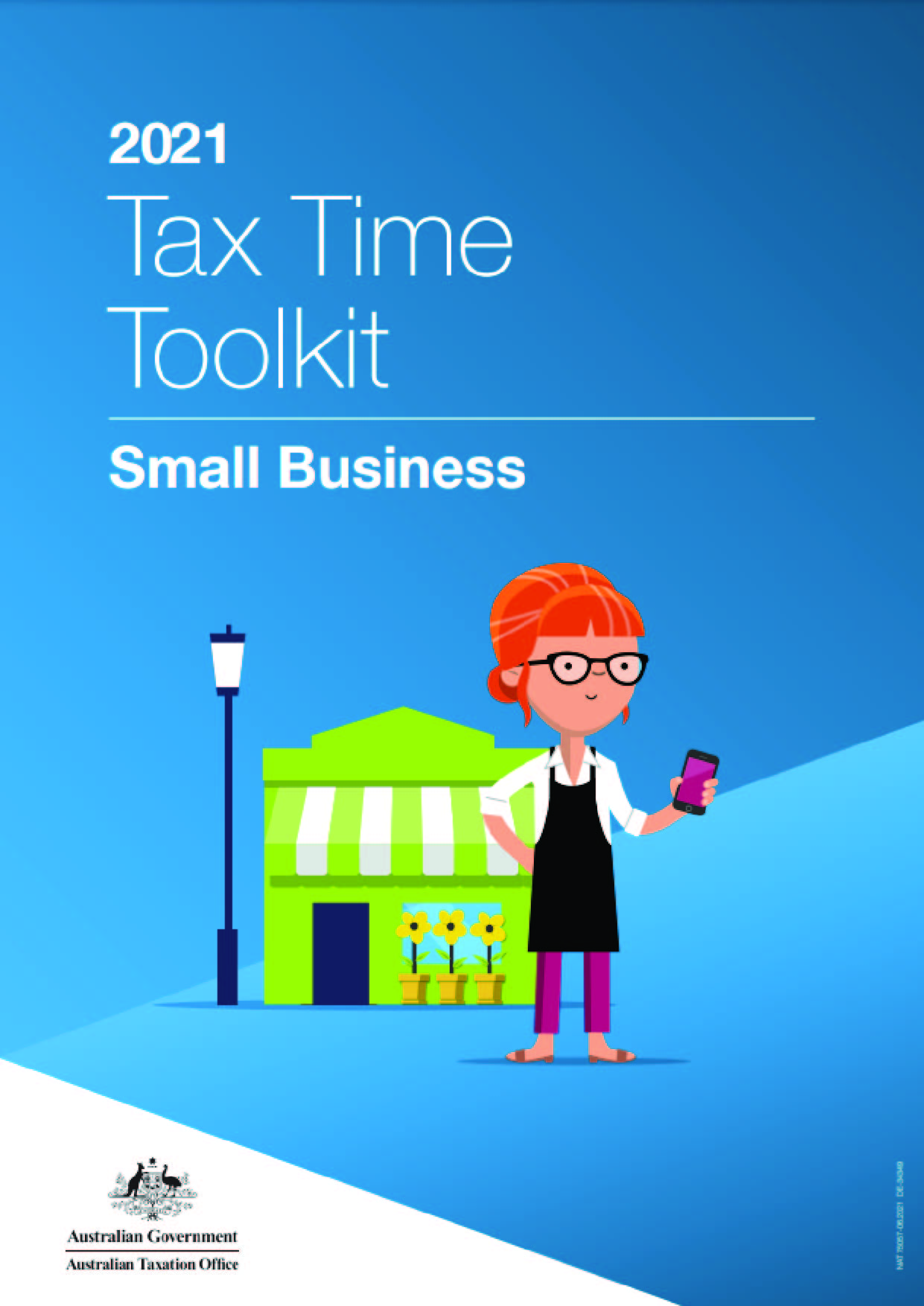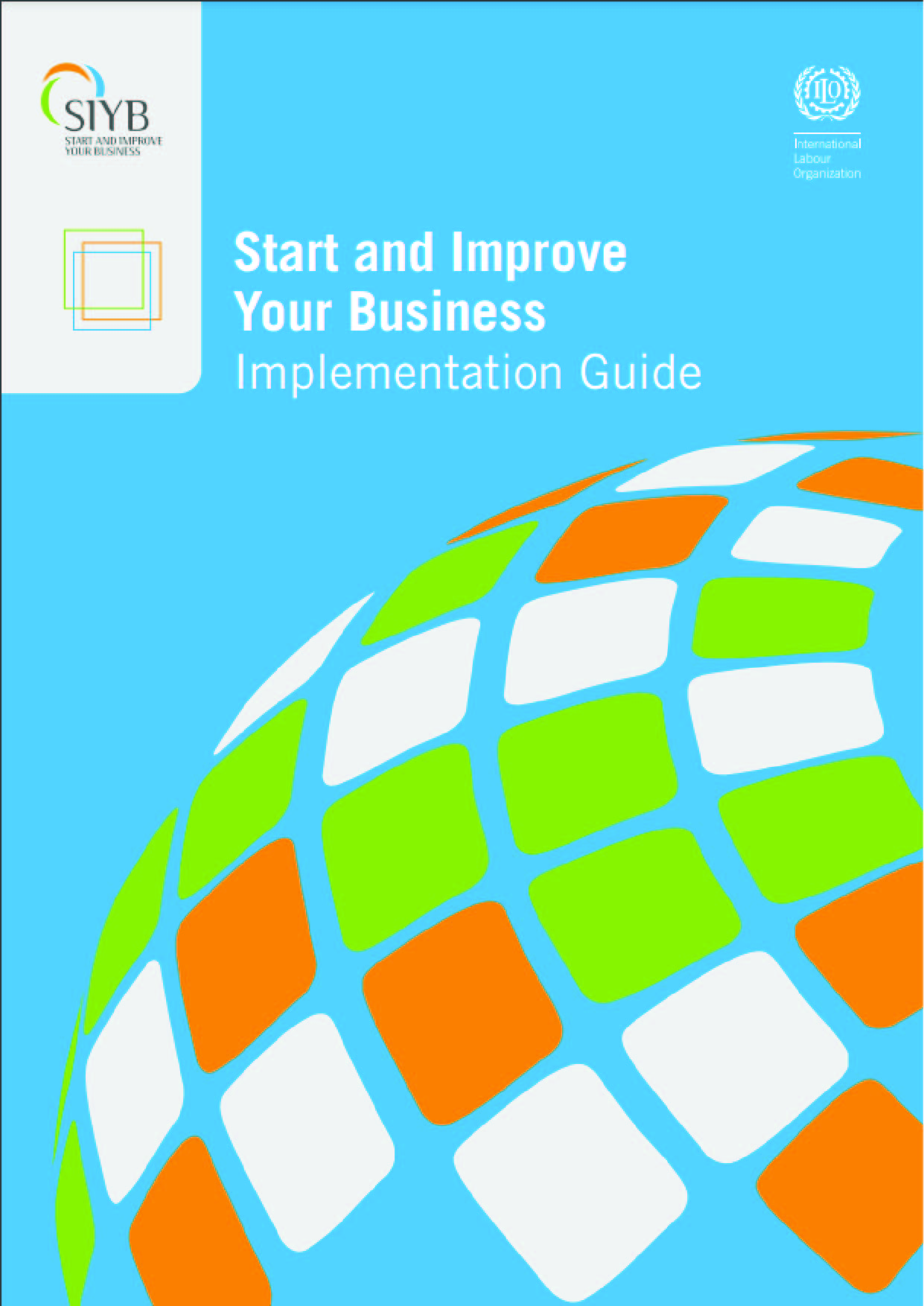Tourism: its historical development
Learning objectives
At the end of this chapter the reader will be able to:
- Understand the contributions to travel and tourism made throughout various eras.
- Realize the role transportation has played and continues to play in shaping tourism.
- Identify the four major dimensions of tourism.
- Identify the factors necessary for the development of travel and tourism.
- Realize the various career opportunities available in travel and tourism.
- Define and correctly use the following terms: Grand Tour, spas, grand hotels, tourism, domestic tourist, international tourist, domestic visitor, international visitor, excursionist, Maslow’s hierarchy of needs, US travel data center, travel, recreation, trip, attractions, facilities, infrastructure, transportation, hospitality
Tourism through the ages
As we prepare for an annual vacation or a weekend trip we take for granted how easy present-day travel is. We do not realize the conditions necessary for present-day tourism to flourish. Consider what we require to travel. First, we must have the free time to engage in leisure pursuits. Second, we must have the money to go somewhere. Where we go is affected by the means of transportation. A combination of time, money, and availability of transportation determines where we will go. When we get there (wherever “it” is) we must have a way of paying for our purchases. While the joy of travel is enhanced by a certain amount of risk, the route and the destination must be sufficiently safe to encourage our travel. It is only by surveying where we have come from that we can truly appreciate where we are now and plan for where we might want to be.
Early travel
Early peoples tended to stay in one place. Travel was essentially to seek food or to escape danger. The Bible, however, makes reference to travel for purposes of trade. In ancient times we began to see the development of routes for the purpose of facilitating trade and the creation of specialized, if somewhat crude, vehicles specifically for traveling. The growth of cities along water ways, such as the Nile River and the Mediterranean Sea, encouraged the development of water travel.
The Empire era
Egyptians. As empires grew, we began to see the development of the conditions necessary for travel. At the peak of the Egyptian era, travel for both business and pleasure began to flourish. Travel was necessary between the central government and the outlying territories. To accommodate travelers on official business, hospitality centers were built along major routes and in the cities. Egyptians also traveled for pleasure, and public festivals were held several times a year. Herodotus, sometimes called the first travel writer, observed:
The Egyptians were also the first to introduce solemn assemblies, processions, and litanies to the gods; . . . The following are the proceedings of the assembly at Bubastis. Men and women come sailing all together, vast numbers in each boat, many of the women with castanets, which they strike, while some of the men pipe during the whole time of the voyage; the remainder of the voyagers, male and female, sing the while, and make a clapping with their hands. When they arrive opposite any of the towns upon the banks of the stream, they approach the shore, and while some of the women continued to play and sing, others call aloud to the females of the place and load them with abuse, while a certain number dance, and some standing up expose themselves. After proceeding in this way all along the river-course, they reach Bubastis, where they celebrate the feast with abundant sacrifices. More grape-wine is consumed at this festival than in all the rest of the year besides. The number of those who attend, counting the men and women and omitting the children, amounts, according to the native reports, to 7OO.OOO
